Pakistani clothing is a harmonious blend of culture, tradition, and contemporary fashion sensibilities. The diversity within the country is reflected in its clothing styles, with each region boasting its own unique ensemble. From everyday wear to special occasions, Pakistani outfits are celebrated for their intricate craftsmanship, vibrant colors, and timeless appeal.
Shalwar Kameez: The Epitome of Elegance
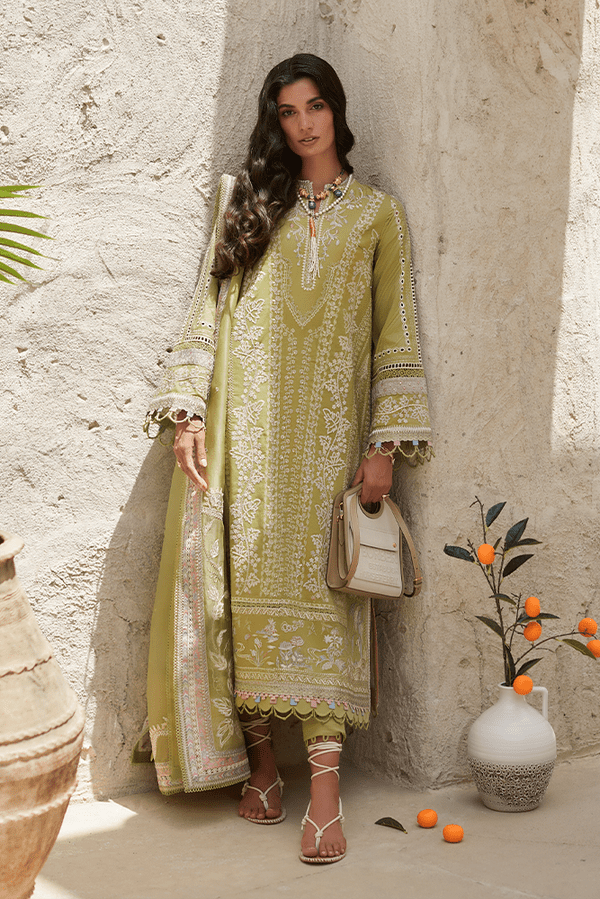
The shalwar kameez stands as the most iconic and versatile of all Pakistani outfits, embodying the essence of elegance, comfort, and cultural identity. This ensemble holds a special place in the hearts of Pakistanis and is worn across all age groups and occasions.
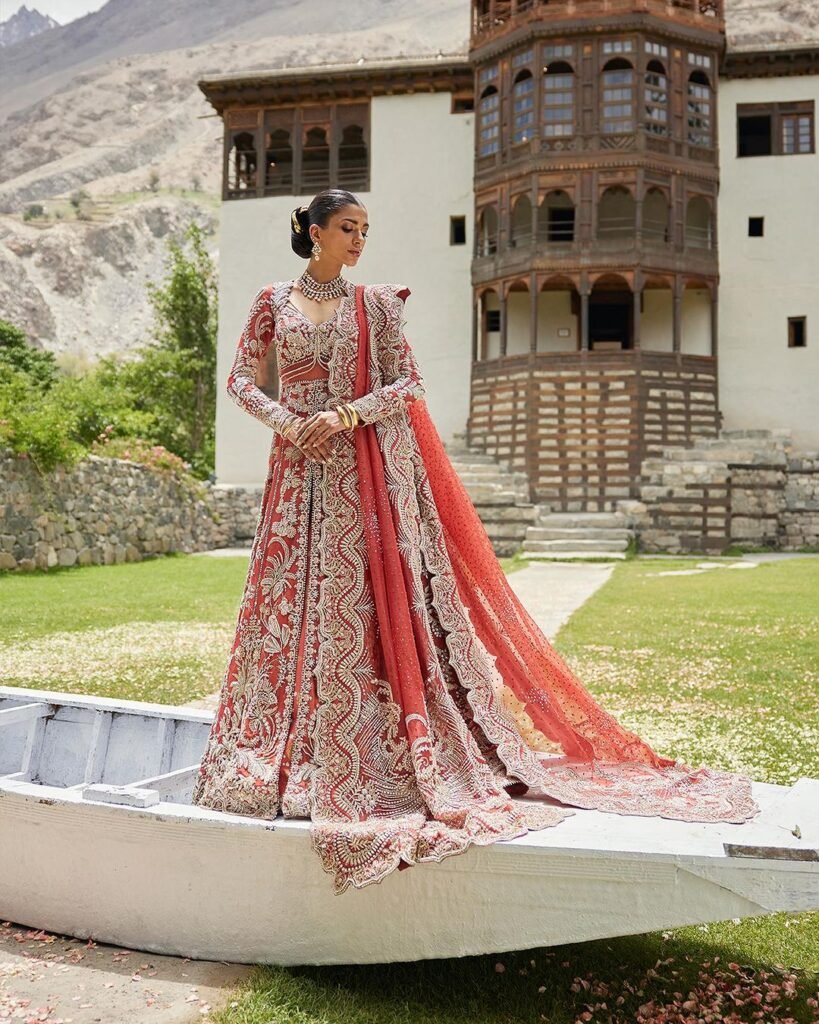

Design and Elements: The kameez, which serves as the top, varies in length, sleeve style, and neckline design. It can range from the simple and straight-cut to the more fitted and adorned with intricate embellishments. The shalwar, a loose-fitting trouser, contributes to the comfort and modesty of the outfit. The addition of a dupatta, draped gracefully over the shoulders or around the neck, completes the ensemble.
Variations: Shalwar kameez can be tailored to suit both casual and formal settings. For everyday wear, the kameez may be modestly embroidered or printed in vibrant colors. On the other hand, formal versions boast heavy embroidery, mirror work, and sequins, often paired with rich fabrics like silk or chiffon.
Adaptations: Contemporary fashion designers have ingeniously transformed the shalwar kameez to cater to modern tastes. Innovative cuts, asymmetric designs, and fusion with other clothing elements have given birth to unique interpretations that seamlessly blend tradition and modernity.
Anarkali Suits: Regal Grandeur
Anarkali suits hark back to the opulence of the Mughal era, exuding a regal grandeur that makes them a popular choice for formal occasions and celebrations.


Historical Allure: Named after the legendary dancer Anarkali, this outfit recreates the splendor of the Mughal courts. The silhouette features a fitted bodice that accentuates the waist and a flared, flowing skirt that adds drama and grace to the wearer’s movement.
Embellishments and Fabrics: Anarkali suits are known for their intricate embroidery, zari work, and intricate patterns. They often feature luxurious fabrics such as velvet, silk, and georgette, which further enhance their regal appeal. The yoke and hemline of the anarkali are typically adorned with heavy handiwork, while the dupatta complements the ensemble with complementary embroidery.
Modern Twists: Contemporary designers have revived and reimagined the Anarkali silhouette, experimenting with length, fabrics, and layering. High-low hemlines, asymmetrical cuts, and fusion with other traditional elements have injected a fresh energy into this timeless style, ensuring its relevance across generations.
Lehenga Choli: Bridal Extravaganza
Lehenga choli, a resplendent bridal ensemble, captures the essence of grandeur, tradition, and festivity in Pakistani weddings.
Bridal Opulence: The lehenga is a voluminous skirt that sweeps the floor, often adorned with intricate hand embroidery, zari work, and embellishments. The choli, a fitted blouse, beautifully complements the skirt with its own array of embellishments and embroidery. The look is crowned with a dupatta that is either draped over the head or elegantly arranged across the shoulders.
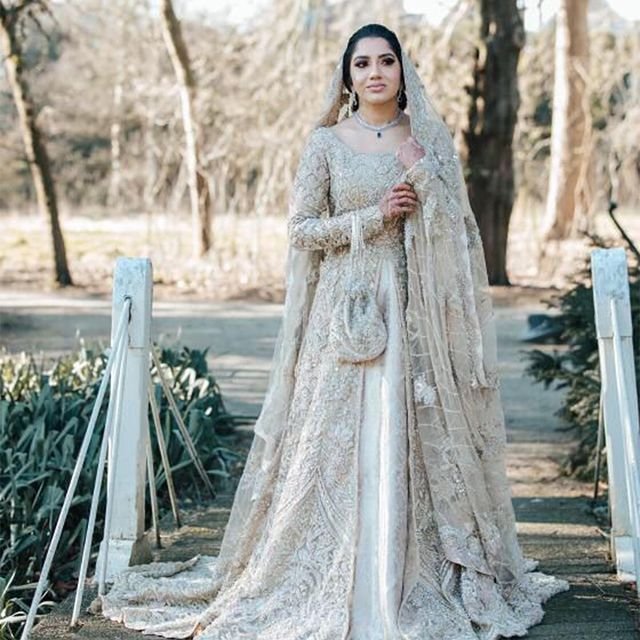

Cultural Significance: Lehenga choli holds deep cultural significance, symbolizing the sanctity of marriage, heritage, and prosperity. The choice of colors, motifs, and designs often carries specific meanings and traditions that vary across regions.
Evolution in Design: While the traditional essence of the lehenga choli remains intact, contemporary brides and designers are embracing innovative designs. Incorporating modern silhouettes, fusion of fabrics, and experimentation with colors allow brides to put their own unique spin on this classic bridal attire.
Patiala Suits: Punjabi Flair
Patiala suits, with their vibrant colors and distinctive draping style, encapsulate the lively spirit of Punjab and have gained popularity far beyond their region of origin.
Signature Draping: The hallmark of Patiala suits is the shalwar, characterized by its numerous pleats that create a distinctive billowing effect. This unique shalwar is paired with a short kameez, often featuring colorful and bold designs.
Celebratory Attire: Patiala suits are favored for festive occasions, dance performances, and celebrations. The loose and comfortable shalwar allows for uninhibited movement, making it a popular choice for the energetic Bhangra dance, synonymous with Punjabi culture.
Colorful Expressions: The vibrancy of Patiala suits reflects the exuberance of Punjab. Bright colors, intricate embroidery, and mirror work are often seen, echoing the region’s love for celebrating life.
Balochi Dress: Cultural Heritage
The Balochi dress serves as a tangible representation of the Balochi culture, reflecting the artistry and values of this community.
Symbolic Motifs: Balochi dresses are known for their unique motifs and patterns, often inspired by elements from nature such as flowers, animals, and geometric shapes. These motifs not only add aesthetic beauty but also carry cultural significance and stories.
Intricate Embroidery: The Balochi dress is adorned with elaborate embroidery, utilizing bright threads, mirrors, and sequins. Each stitch is a testament to the skills passed down through generations.
Identity and Pride: The Balochi dress is not just an outfit; it’s a symbol of identity and pride. It is worn during special occasions, festivals, and gatherings, reinforcing the strong cultural bond among the Balochi people.
Sindhi Ajrak: Cultural Emblem
The Sindhi ajrak holds a special place in the cultural heritage of the Sindhi people, serving as a cherished emblem of identity.
Artisanal Craftsmanship: Ajrak is a form of block-printing that involves intricate geometric patterns, often in deep shades of blue and red. The process of creating ajrak is a labor-intensive art, involving skilled craftsmen who meticulously carve wooden blocks and apply natural dyes.
Cultural Significance: The ajrak is more than a clothing accessory; it is a symbol of respect, hospitality, and unity among the Sindhi people. It is often gifted to guests as a gesture of honor and warmth.
Contemporary Integration: While the traditional ajrak remains integral to Sindhi culture, it has also found its way into modern fashion. Designers are incorporating ajrak motifs into contemporary clothing, bridging the gap between tradition and contemporary style.
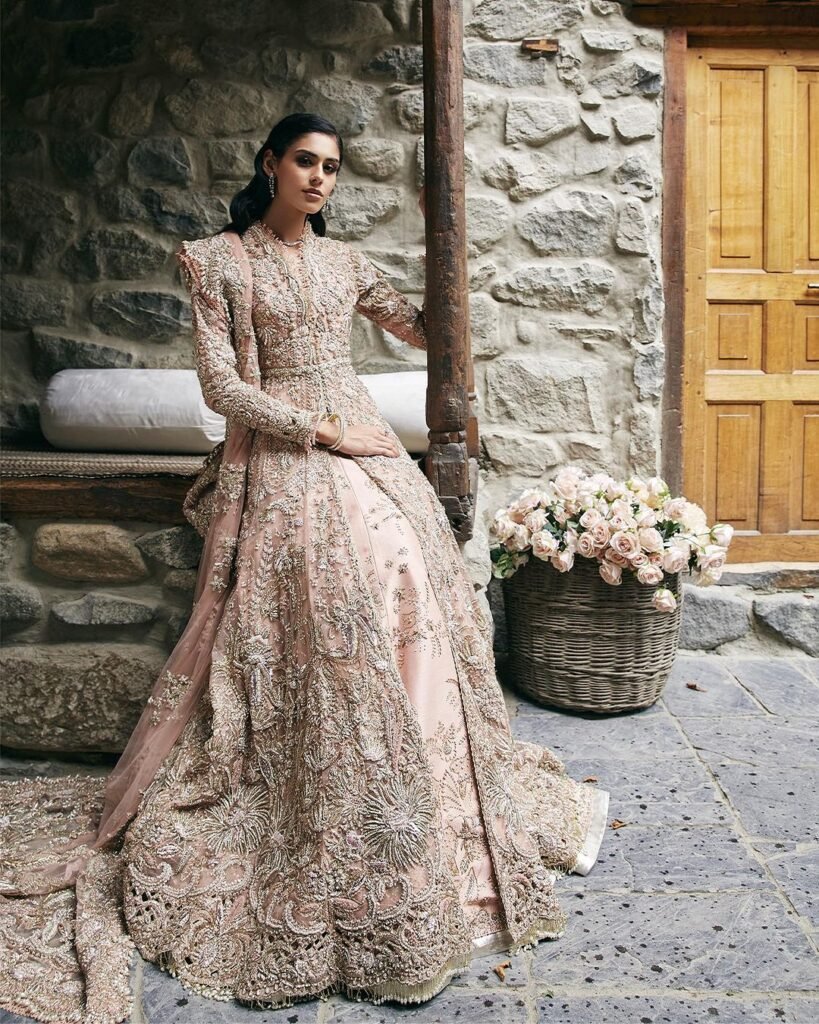

Pashtun Attire: Robust Simplicity
The Pashtun attire, characterized by its simplicity and functionality, reflects the resilient spirit of the Pashtun people.
Functional Design: The Pashtun attire is designed for rugged terrain and harsh climates. The loose-fitting shalwar qameez allows for ease of movement, while the waistcoat provides an additional layer of warmth and protection.
Distinctive Accessories: Pashtun men often wear turbans and traditional waistcoats known as “waistcoats.” These accessories hold cultural significance and contribute to the robust and dignified appearance of the attire.
Identity and Pride: The Pashtun attire is a source of cultural pride and identity, signifying the values of honor, courage, and tradition. It’s not just clothing; it’s a representation of a way of life.
In essence, each type of Pakistani outfit weaves a tapestry of history, culture, and artistry. From the everyday elegance of shalwar kameez to the grandeur of bridal lehenga cholis and the symbolic value of regional dresses, these garments encapsulate the stories and traditions of a vibrant and diverse nation.
Conclusion
Pakistani outfits are more than just garments; they are a celebration of the country’s rich cultural tapestry. From the elegance of everyday shalwar kameez to the magnificence of bridal wear, each piece tells a story of tradition, artistry, and the evolving fashion landscape. Whether donned for casual wear or grand festivities, these outfits are a testament to the enduring beauty of Pakistani fashion.
Images Credit: Suffuse

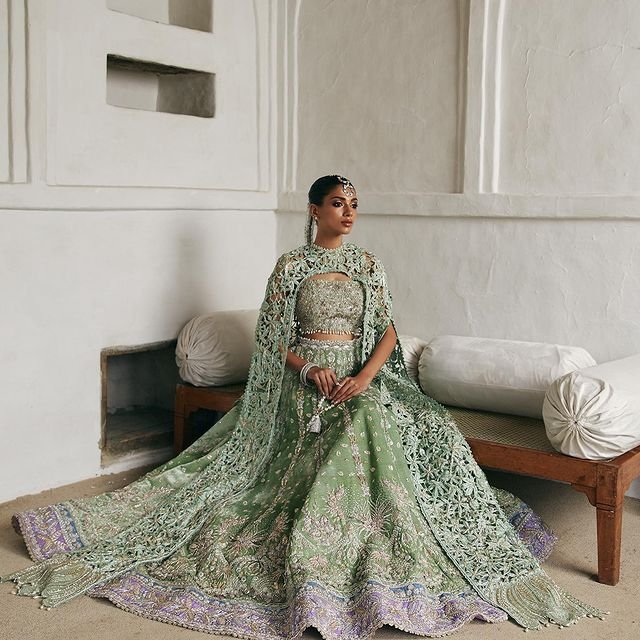
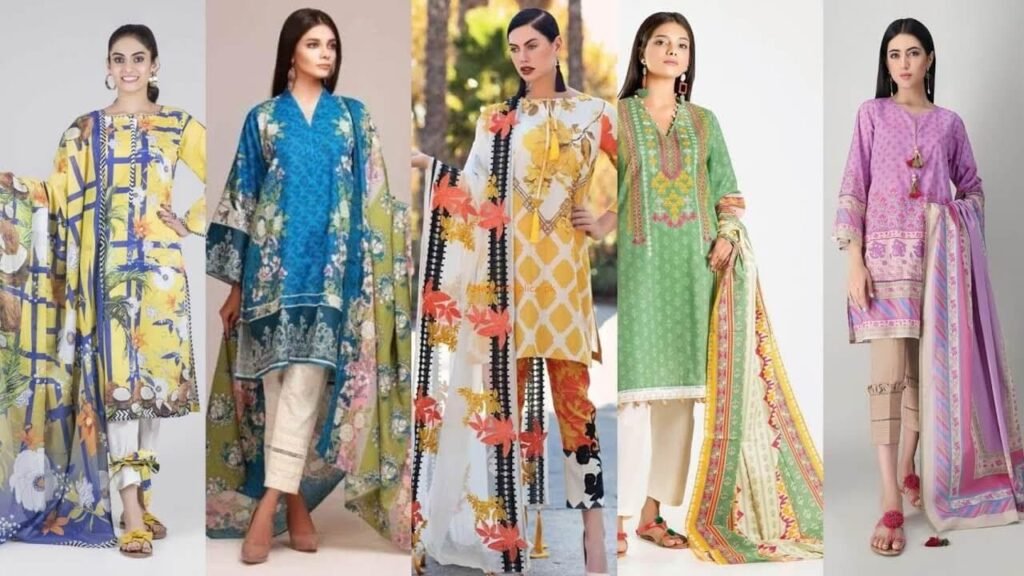
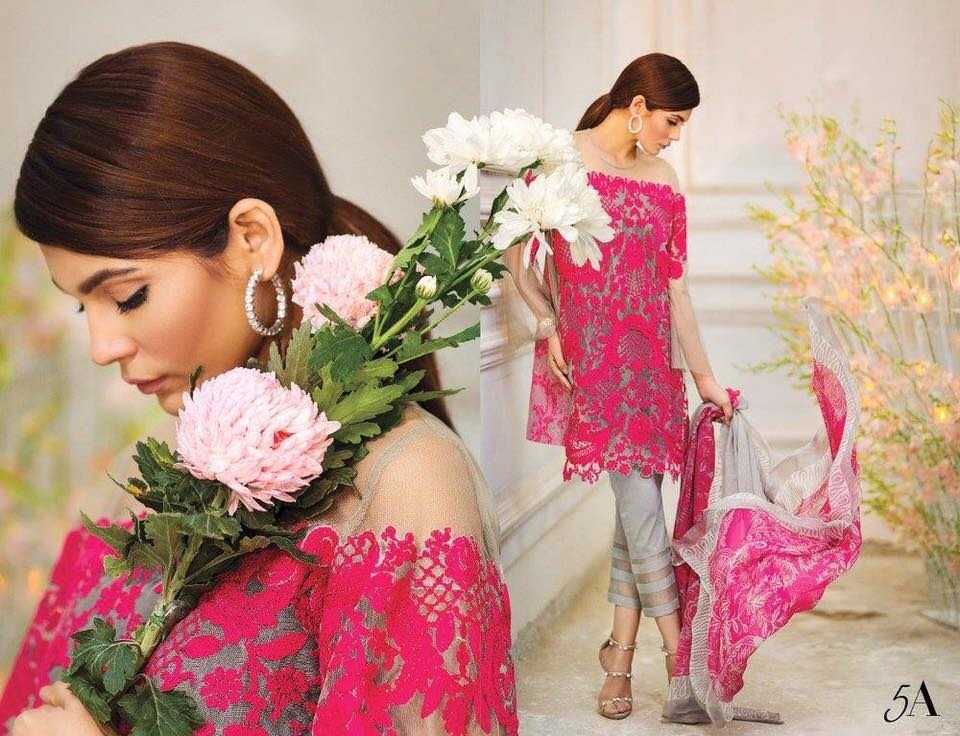
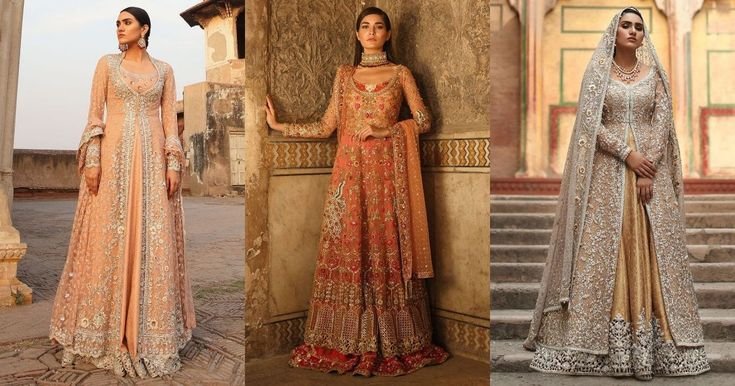
2 Comments